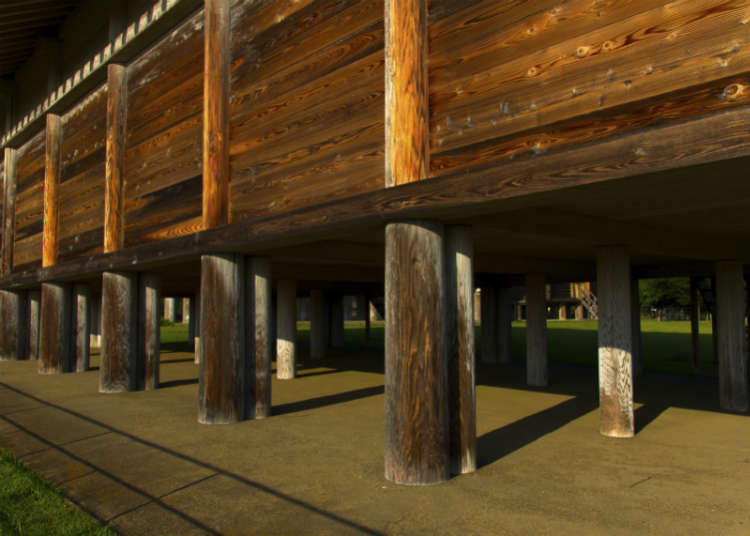
In Japan, you can tour around a wide variety of historic sites ranging from ancient ruins such as shell mounds, which were ancient dumping grounds, and ancient burial mounds for the royal family to newer sites such as castle ruins, historic residences and gardens.
What are Japanese historic sites?
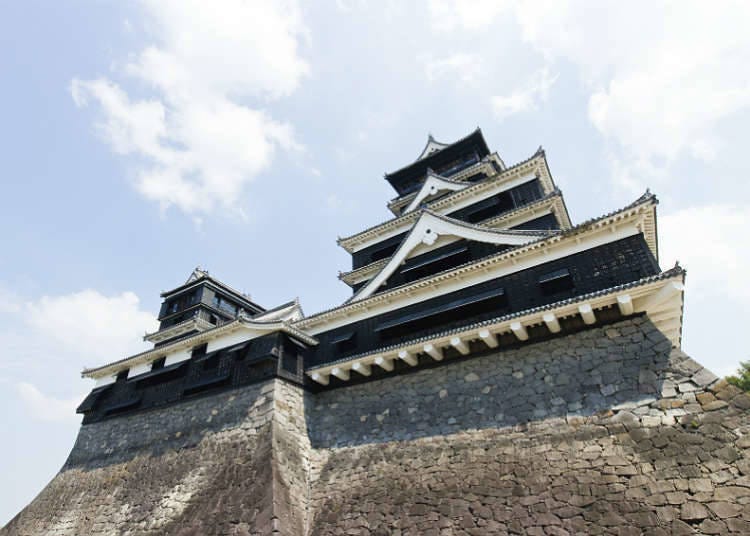
In Japan, there are more than 1,700 historic sites and some of particular significance have been designated as "special historic sites". There are many sites, such as castle ruins and temples, that are about 200 to 400 years old, as well as some that are thousands of years old including ruins of prehistoric villages. Sannai-Maruyama site in Aoyama Prefecture, for instance, is about 5,000 years old. This historic site not only has high cultural value but the landscape around the site has been well-preserved.
Historic sites in Tokyo
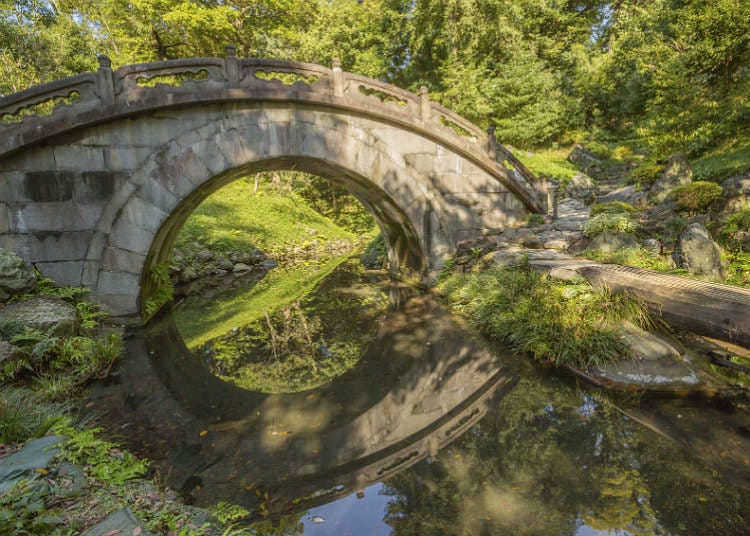
Even the modern metropolis of Tokyo has a number of historic sites such as the ruins of Edo Castle. Edo Castle was originally constructed in 1457, and later expanded and enhanced. Unfortunately, the castle building itself has been lost to fire, but some historic sites such as the Imperial Palace where the emperor and empress reside are open to the public and are popular tourist destinations. Other notable historic sites include Koishikawa Korakuen Garden and Yushima Seido in Bunkyo ward and Hama-rikyu Gardens in Chuo ward.
Post Nara Period historical sites
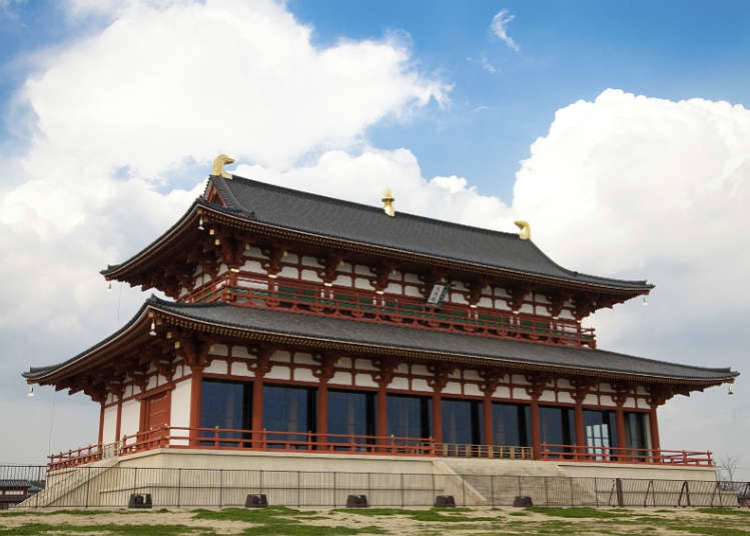
The Ruins of Heijo Palace, one of the component sites of the World Cultural Heritage Site, Historic Monuments of Ancient Nara, tells the history of Nara which was made into the new capital of ancient Japan in 710 A.D. Other notable World Heritage Sites to visit include Itsukushima Shrine in Hiroshima Prefecture, and Motsuji Temple in Iwate Prefecture. Also, the 35km Cedar Avenue in Nikko in Tochigi Prefecture is known as the world's longest tree-lined street and is designated as both a Special Historic Site and Special Natural Monument of Japan.
Unusual historic sites
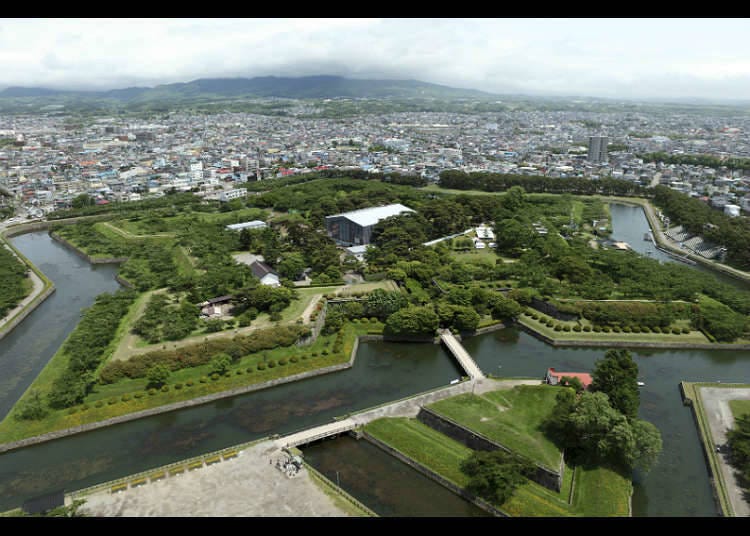
Goryokaku Fort in Hakodate, Hokkaido is unique among the historical sites. Built in 1866, just before the Edo Shogunate collapsed, it is a relatively new historic site. In addition to ancient burial grounds and castle ruins, historic sites also include gardens such as those of Jishoji Temple (Silver Pavilion) and Rokuonji Temple (Golden Pavilion) both of which are designated as Special Historic Sites in Japan.
Tips and rules for visiting historic sites
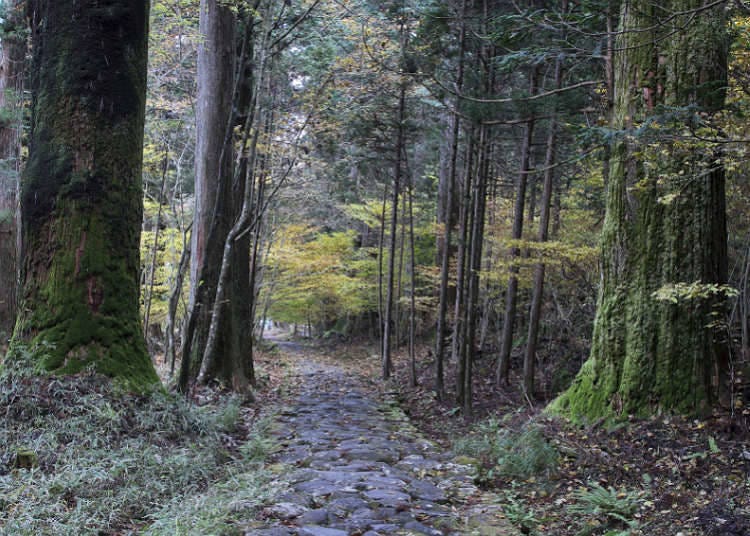
Many castle ruins are vast, so if you wish to have a thorough look around, be sure to give yourself extra time. Also, wear comfortable shoes when visiting temples and sites in mountains as they will often have stone stairs and rough and unstable grounds. In many cases, historic sites are located outdoors so be careful of sun exposure and be prepared with enough drinking water.
*Prices and options mentioned are subject to change.
*Unless stated otherwise, all prices include tax.
Recommended places for you
-

ISHIDAYA Hanare
Yakiniku
Kobe, Sannomiya, Kitano
-

Jukuseiniku-to Namamottsuarera Nikubaru Italian Nikutaria Sannomiya
Izakaya
Kobe, Sannomiya, Kitano
-
Goods

Yoshida Gennojo-Roho Kyoto Buddhist Altars
Gift Shops
Nijo Castle, Kyoto Imperial Palace
-

Kanzenkoshitsuyakinikutabehodai Gyugyu Paradise Sannomiya
Yakiniku
Kobe, Sannomiya, Kitano
-

Kambei Sannomiyahonten
Yakiniku
Kobe, Sannomiya, Kitano
-
Appealing

Rukku and Uohei
Izakaya
Sapporo / Chitose
-

Discover Japan Duty Free GINZA: A Unique Shopping Experience in the Heart of Tokyo
by: Chehui Peh
-

A Don Quijote Like No Other: Step Inside the All-New Tourist-Friendly Store at Shinjuku Tonanguchi Bekkan (Open June 13)
by: Chehui Peh
-

Japan Summer Sales 2025: Your Ultimate Guide to Shopping Deals In Tokyo, Kansai & More!
-

Ryuguden: Soak in Front of Mount Fuji At This Legendary Hakone Onsen (In-Depth Review)
by: Yoshika Izumi
-

There’s a new museum in Japan, but almost all of its location is a secret
-

Via Inn Prime Osaka Kyobashi Mizukinoyu: A Convenient Hotel Near Osaka Castle with Open-Air Baths and Nearby Sightseeing
by: Yotsuka Hizuki
-

Hakodate 2-Day Itinerary for Exploring Japan's Foodie North!
-

5 Popular Things to do in Umeda - Osaka's Central Area!
by: WESTPLAN
-

Fine Japanese Dining in Kyoto! Top 3 Japanese Restaurants in Kiyamachi and Pontocho Geisha Districts
-

Sumikawa Snow Park: Skiing in Northern Japan's Breathtaking Backcountry
-

31 Fun Things to Do in Sapporo Hokkaido - Places to Go, Local Food & Sightseeing Tips
by: Andy Cheng
-

(Video) Walking Tour along Narita Omotesando - Quaint Historical Village near Narita Airport!
by: Victor Gonzalez
- #best sushi japan
- #what to do in odaiba
- #what to bring to japan
- #new years in tokyo
- #best ramen japan
- #what to buy in ameyoko
- #japanese nail trends
- #things to do japan
- #onsen tattoo friendly tokyo
- #daiso
- #best coffee japan
- #best japanese soft drinks
- #best yakiniku japan
- #japanese fashion culture
- #japanese convenience store snacks













